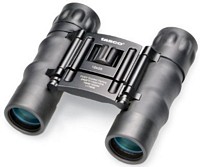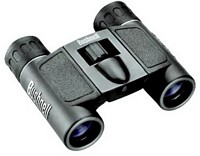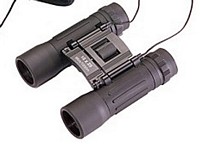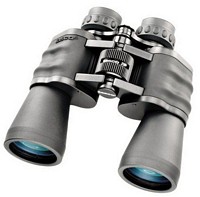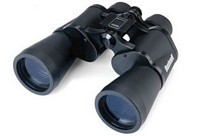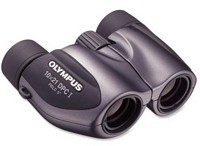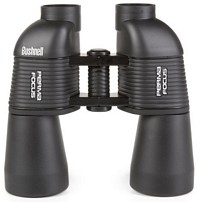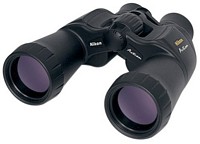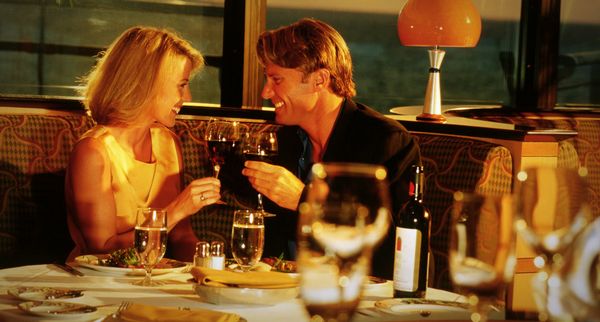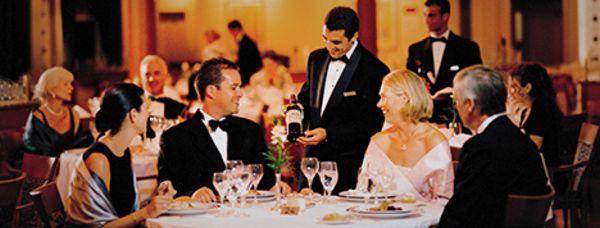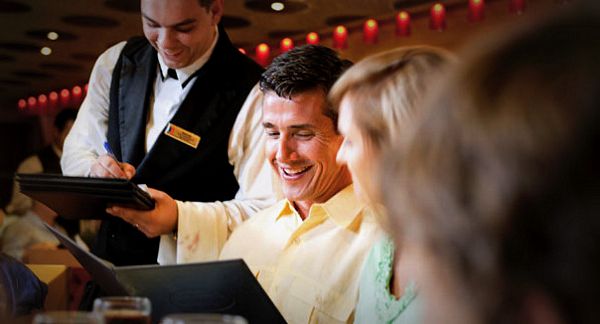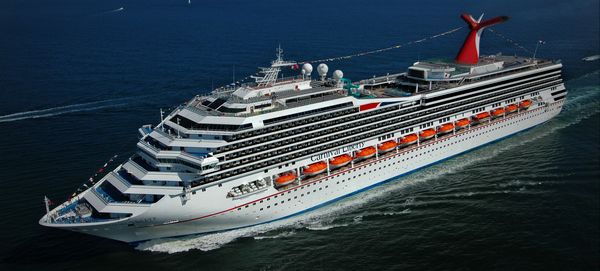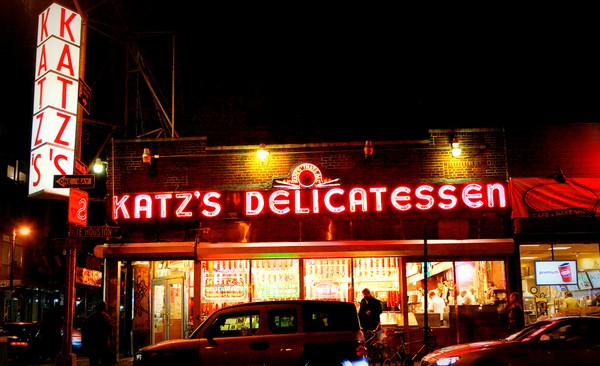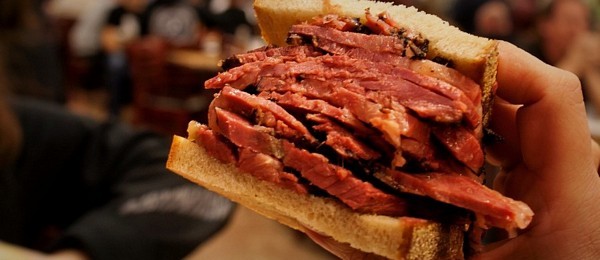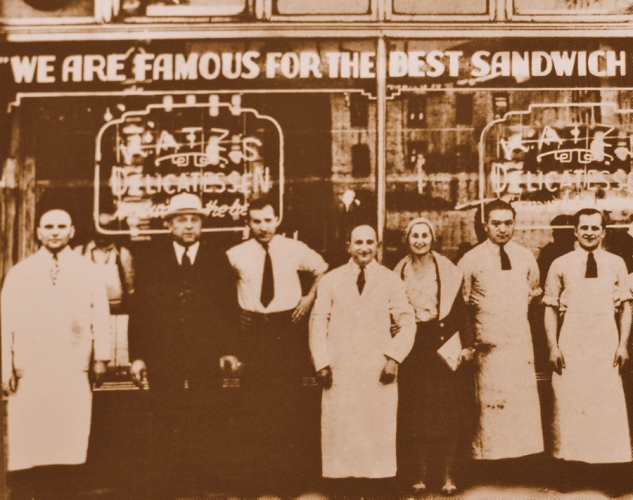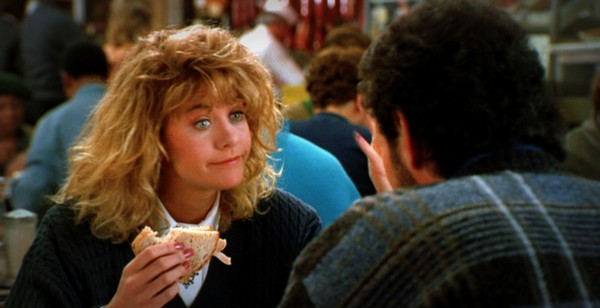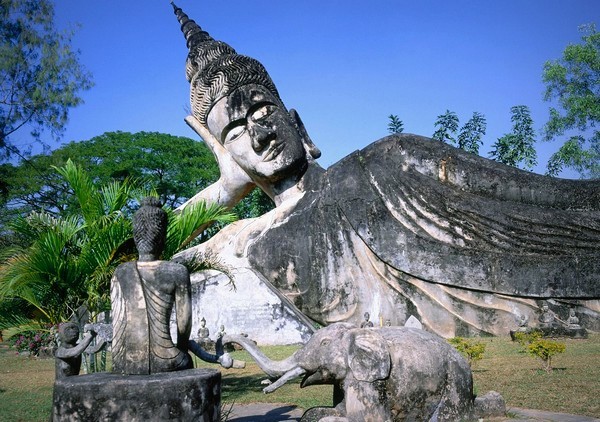
Laos was not really thought of as a tourist destination until the 1990s, when people realized it had more to offer than just pachyderms and Buddhist monks. Even as elephants and religion continue to drive the country, there are also dramatic landscapes, ancient architectural ruins and much history to be discovered, making it a wonderful spot for the inquisitive traveler.
Laos: At a Glance
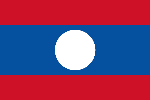 Capital: Vientiane
Capital: Vientiane- Currency: LAK/Kip (10,000 Lao Kips is about USD 1.25)
- Population: 6.38 Million
- Language: l2r5h7 Lao
- National Flower: Dok Champa
- GDP (PPP) Per Capita: USD 3,011
- Official Tourism Website: http://www.tourismlaos.org/
- Wikitravel Travel Guide: http://wikitravel.org/en/Laos
Experience the Best Attractions of Laos
 Take a Walk: A blend of traditional architecture and urban structures, Luang Prabang is made for ambling around in. Make a stop at the Royal Palace Museum before heading on to discover the War Nong, Wat Sene, and Wat Khili temples. Chill for a bit at Dara Market, and later catch the sunset from the boat pier.
Take a Walk: A blend of traditional architecture and urban structures, Luang Prabang is made for ambling around in. Make a stop at the Royal Palace Museum before heading on to discover the War Nong, Wat Sene, and Wat Khili temples. Chill for a bit at Dara Market, and later catch the sunset from the boat pier. Do a Temple Run: Visit one of the oldest temples in Luang Prabang—Wat Visounnarath, which is home to the incredible That Mak Mo stupa. However, the most beautiful temple in Luang Prabang has to be Wat Xieng Thong, whose tiered roofs sweep low almost to touch the ground. The temple is considered a archetypal example of the Luang Prabang style of architecture.
Do a Temple Run: Visit one of the oldest temples in Luang Prabang—Wat Visounnarath, which is home to the incredible That Mak Mo stupa. However, the most beautiful temple in Luang Prabang has to be Wat Xieng Thong, whose tiered roofs sweep low almost to touch the ground. The temple is considered a archetypal example of the Luang Prabang style of architecture. A Different Treat: Jump straight into the native experience and try a serving of fried crickets. These crunchy snacks are available both at street-side stalls and in some cafes and eateries, and are best eaten hot, and with an open mind! Khop Chai Deu in Vientiane is a safe place at which to try crickets and other local delicacies.
A Different Treat: Jump straight into the native experience and try a serving of fried crickets. These crunchy snacks are available both at street-side stalls and in some cafes and eateries, and are best eaten hot, and with an open mind! Khop Chai Deu in Vientiane is a safe place at which to try crickets and other local delicacies. Buddha Says: The Pak Ou Caves are a short trip upstream from Luang Prabang. This network of caves at the convergence of the Mekong and Nam Ou rivers is where you will find hundreds of Buddha statues left by devotees over the centuries.
Buddha Says: The Pak Ou Caves are a short trip upstream from Luang Prabang. This network of caves at the convergence of the Mekong and Nam Ou rivers is where you will find hundreds of Buddha statues left by devotees over the centuries. Explore Hidden Caves: The capital of the Khammouane province in south-central Laos, Thakhaek is a small municipality dotted with lots of lovely French architecture. However, its main draw lies in its limestone mountains—the site of hundreds of unexplored caves, including some that are believed to keep undiscovered treasures. How is that for adventure? The most well known among these is the 7.5km-long Kong Lor Cave. Also worth a dekko is the Buddha Cave, which holds, as the name suggests, rows and rows of gorgeous Buddha statues.
Explore Hidden Caves: The capital of the Khammouane province in south-central Laos, Thakhaek is a small municipality dotted with lots of lovely French architecture. However, its main draw lies in its limestone mountains—the site of hundreds of unexplored caves, including some that are believed to keep undiscovered treasures. How is that for adventure? The most well known among these is the 7.5km-long Kong Lor Cave. Also worth a dekko is the Buddha Cave, which holds, as the name suggests, rows and rows of gorgeous Buddha statues. Take a Cooking Class: If you have fallen in love with Lao food, take a cooking class so that you can whip up some of your favorite dishes back home. Tamarind offers cooking classes that give you a crash course in Lao cuisine, followed by a visit to the market to pick out fresh ingredients. You can learn to make mok pa, a dish of herbed fish steamed in banana leaves, or laab, a minced-meat and herb salad, among other tasty treats.
Take a Cooking Class: If you have fallen in love with Lao food, take a cooking class so that you can whip up some of your favorite dishes back home. Tamarind offers cooking classes that give you a crash course in Lao cuisine, followed by a visit to the market to pick out fresh ingredients. You can learn to make mok pa, a dish of herbed fish steamed in banana leaves, or laab, a minced-meat and herb salad, among other tasty treats. Heritage up Top: Overlooking the Mekong River valley, the incredibly well preserved Wat Phu Champasak Temple complex is more than a thousand years old. Lined with jacaranda trees, this Khmer-styled temple was originally dedicated to Shiva, and later converted into a Buddhist temple. As you are walking around soaking in all the history and culture, keep your eyes peeled for the funny crocodile and elephant stones.
Heritage up Top: Overlooking the Mekong River valley, the incredibly well preserved Wat Phu Champasak Temple complex is more than a thousand years old. Lined with jacaranda trees, this Khmer-styled temple was originally dedicated to Shiva, and later converted into a Buddhist temple. As you are walking around soaking in all the history and culture, keep your eyes peeled for the funny crocodile and elephant stones. Fun in the Water: Drive, trek, or hitchhike your way past forests, villages, and rice fields to the cascading waters of the Kwang Si Waterfalls. Dive in for a bit of a paddle, walk up for pretty views, and then dig into your picnic basket for a well-deserved meal. Remember to stop at the Asiatic Black Bear Rescue Centre that looks after bears rescued from poachers.
Fun in the Water: Drive, trek, or hitchhike your way past forests, villages, and rice fields to the cascading waters of the Kwang Si Waterfalls. Dive in for a bit of a paddle, walk up for pretty views, and then dig into your picnic basket for a well-deserved meal. Remember to stop at the Asiatic Black Bear Rescue Centre that looks after bears rescued from poachers. Mountain Shrines: Bang in the heart of Luang Prabang’s old town, Mount Phou Si is a small hill of religious significance to the locals. It is sandwiched between the Nam Khan and Mekong Rivers, and offers great vistas over the city. Two shrines call Mount Phou Si home, namely War Phou Si, halfway up to the top, and Wat Chom Si, which sits at the peak.
Mountain Shrines: Bang in the heart of Luang Prabang’s old town, Mount Phou Si is a small hill of religious significance to the locals. It is sandwiched between the Nam Khan and Mekong Rivers, and offers great vistas over the city. Two shrines call Mount Phou Si home, namely War Phou Si, halfway up to the top, and Wat Chom Si, which sits at the peak. Night Owls: While Luang Prabang has no dearth of charms through the day, its night market is worth exploring, too. With what is possibly the largest collection of Lao handicrafts available for sale in one place, it is a great place at which to buy souvenirs to take home.
Night Owls: While Luang Prabang has no dearth of charms through the day, its night market is worth exploring, too. With what is possibly the largest collection of Lao handicrafts available for sale in one place, it is a great place at which to buy souvenirs to take home.
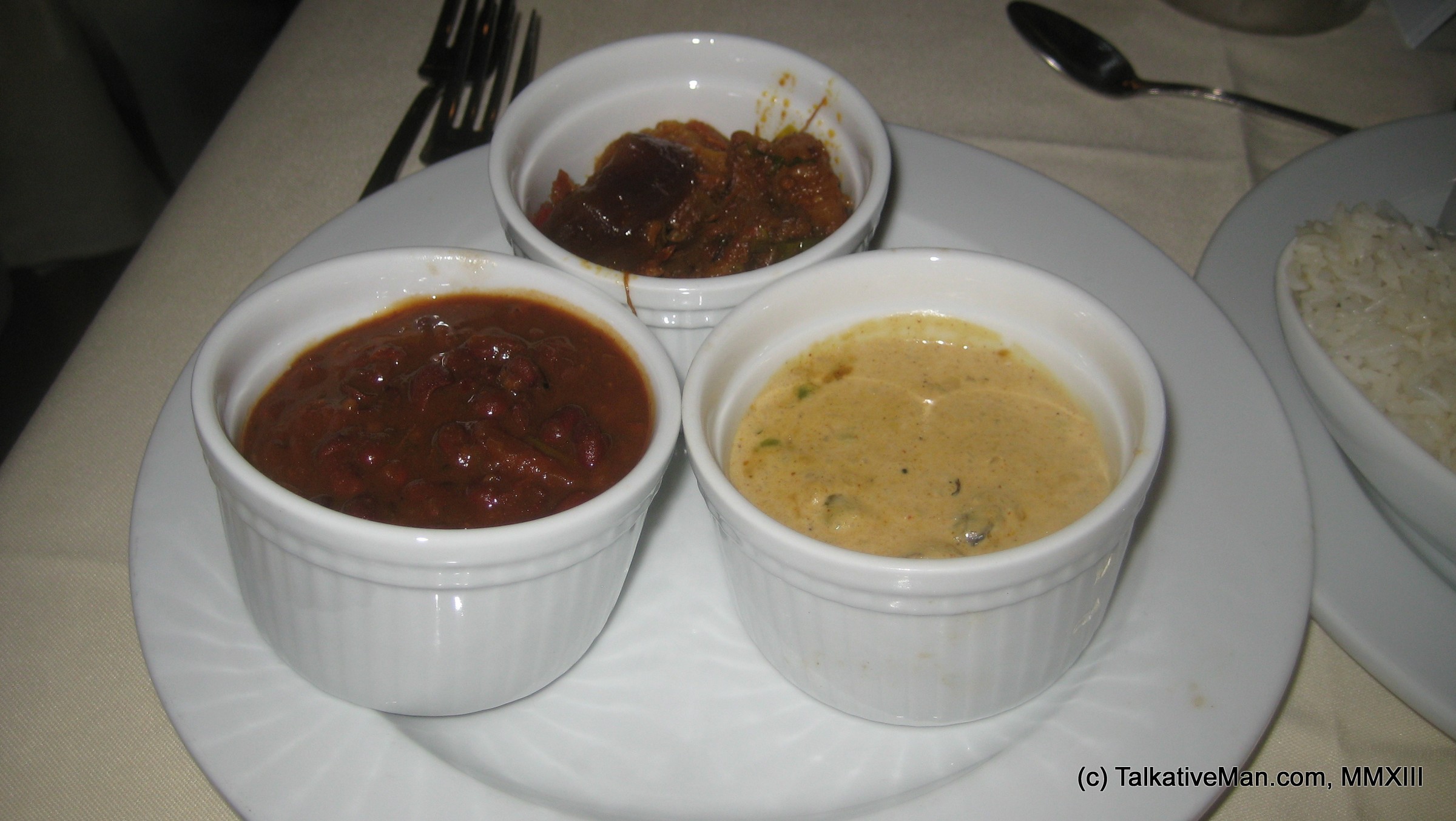
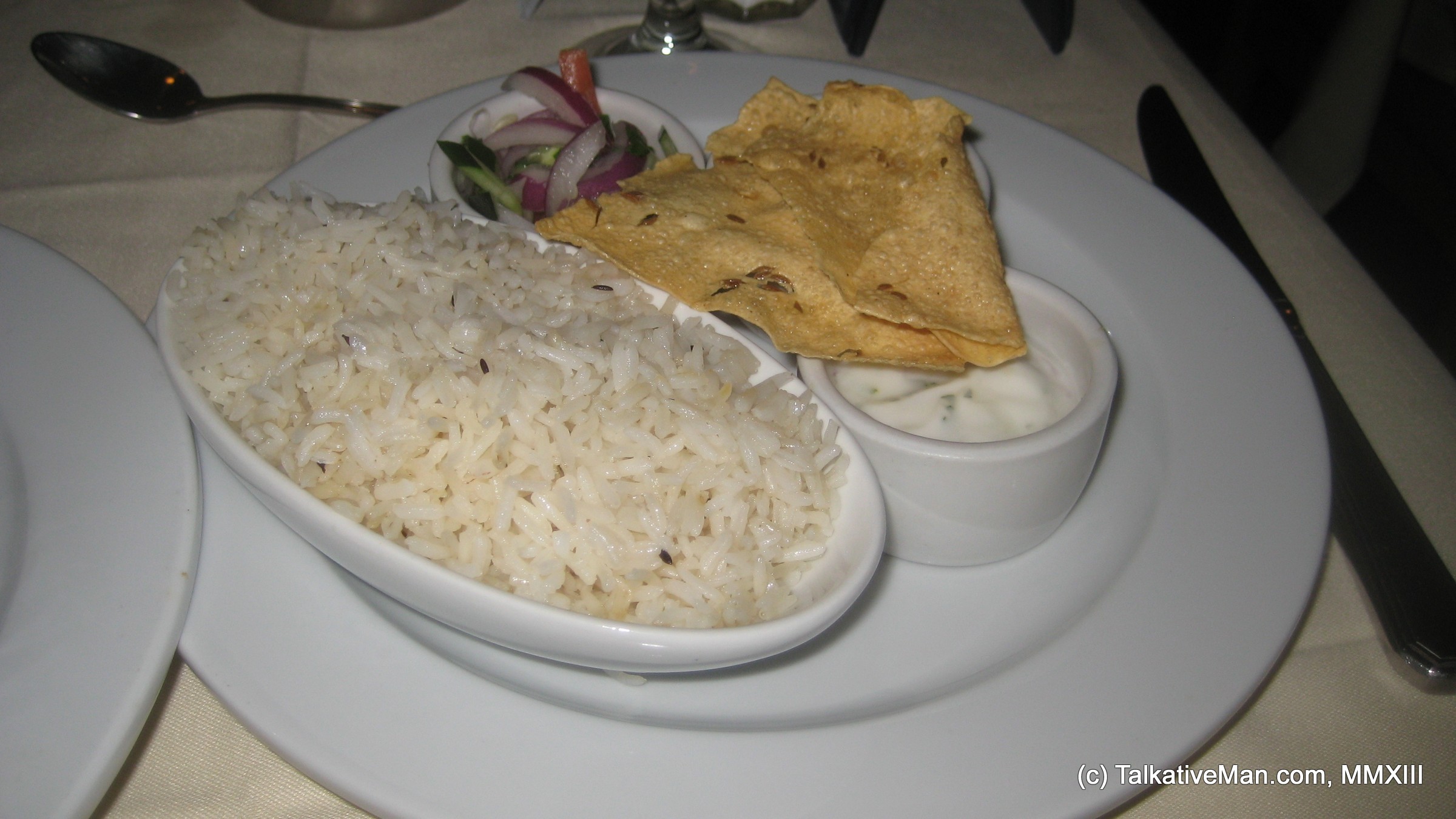
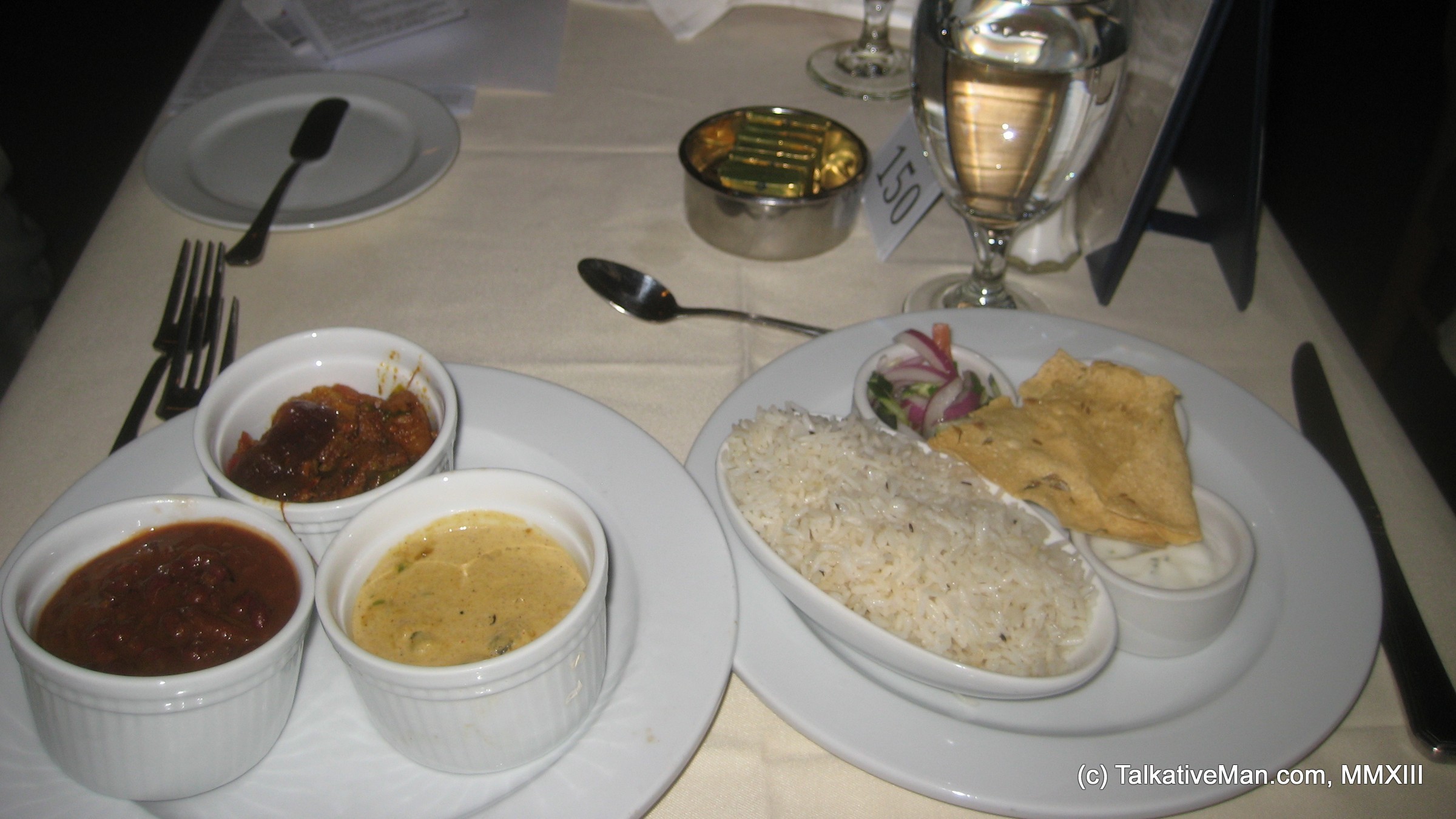
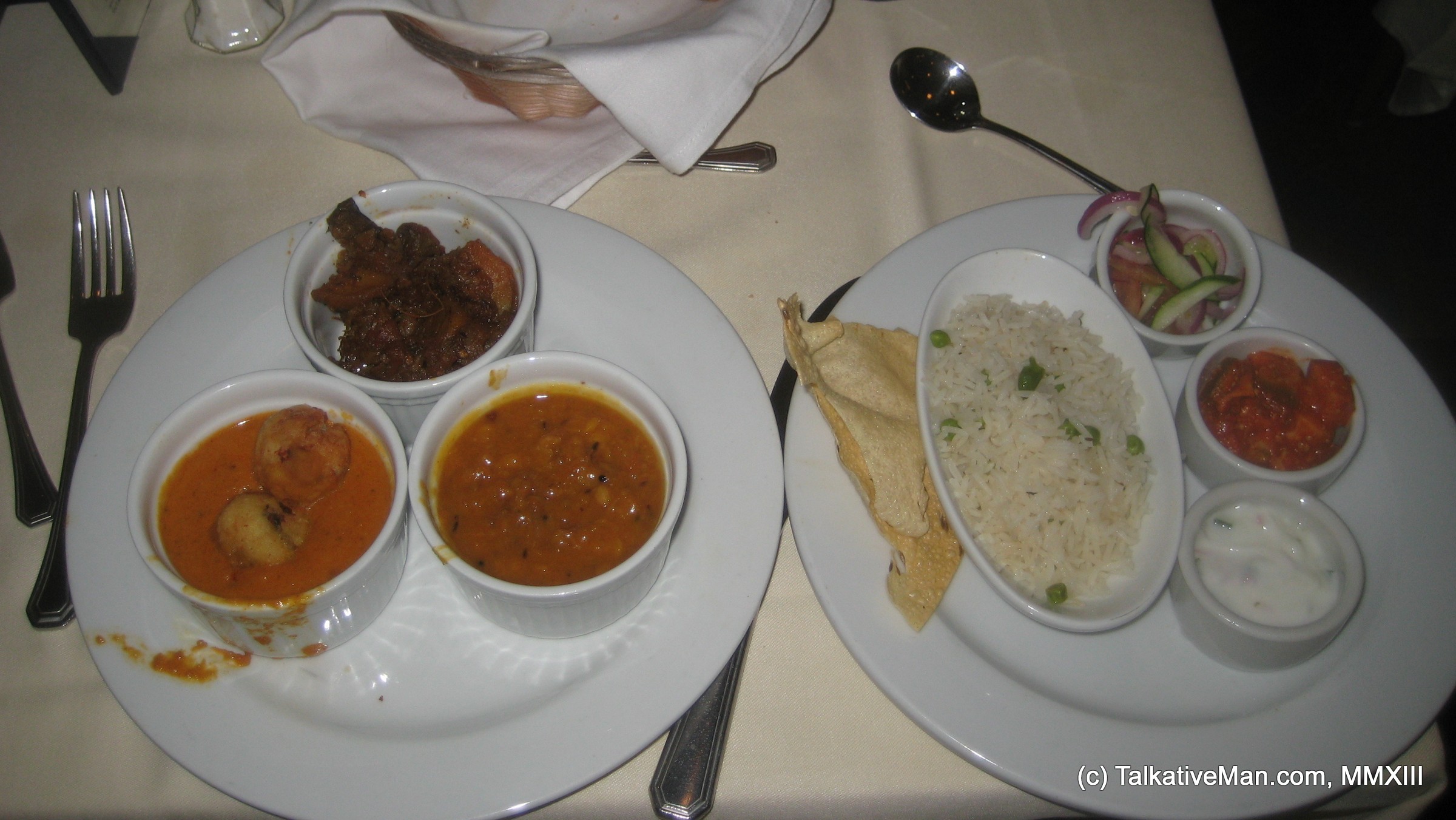
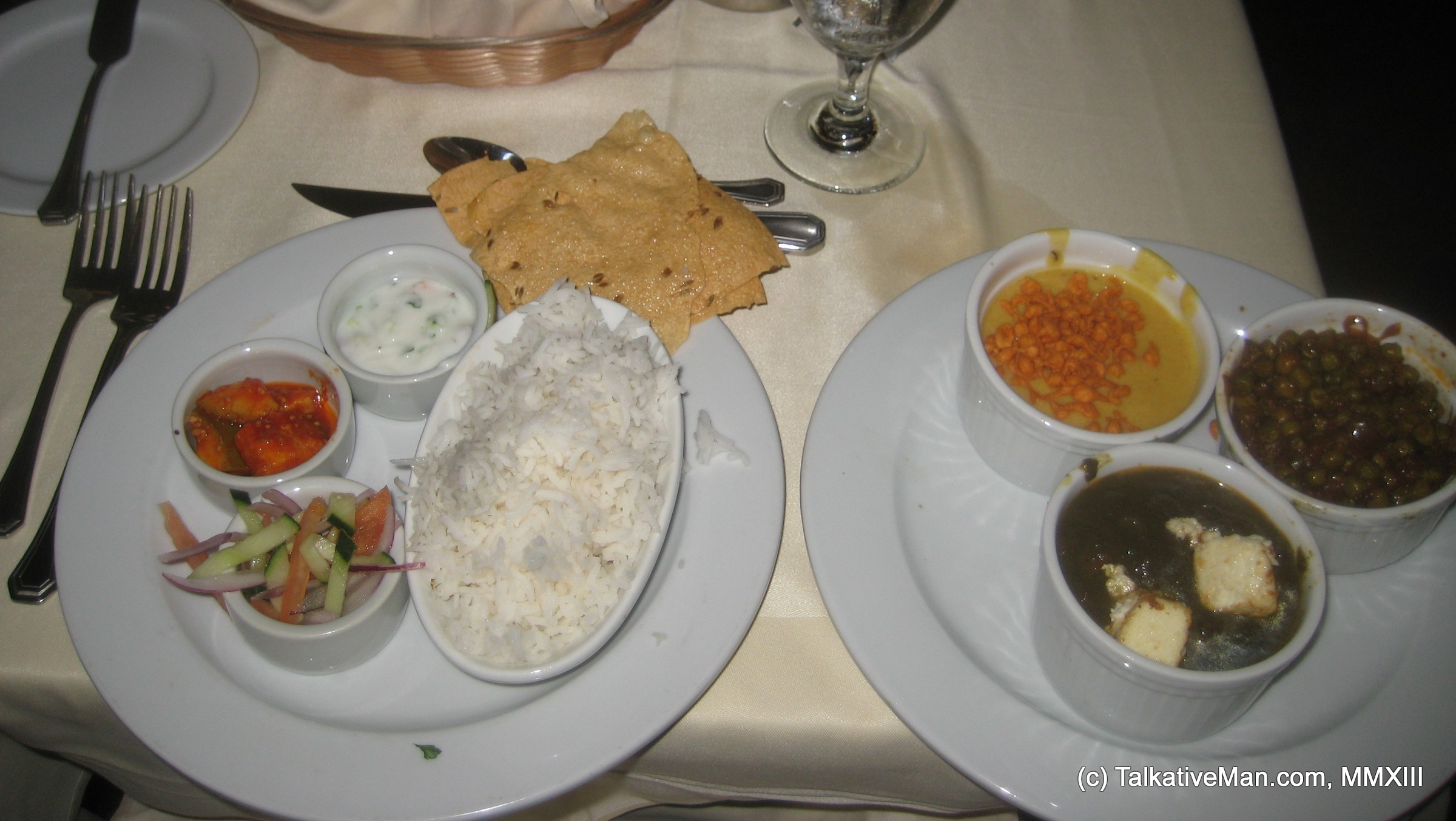
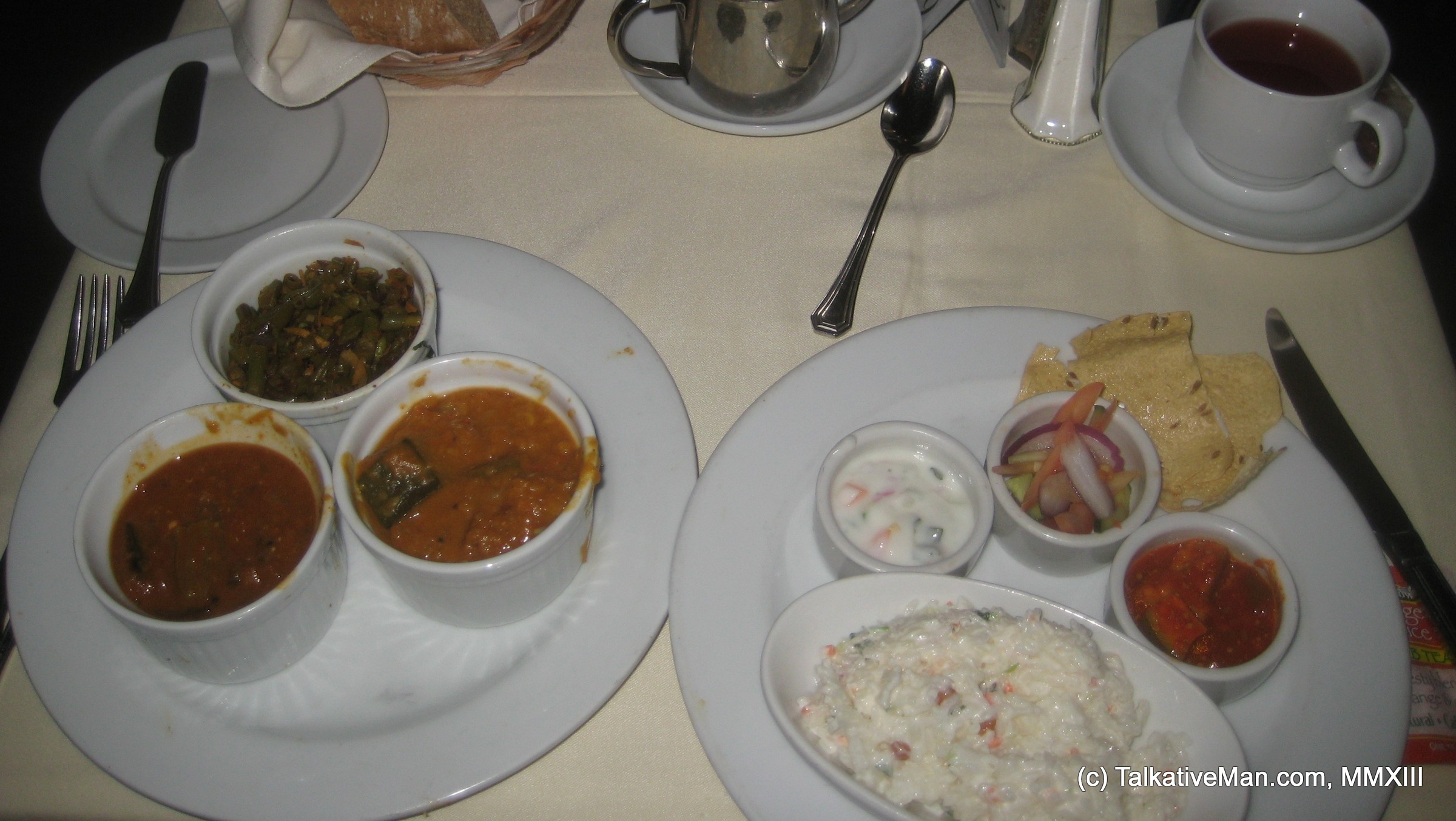
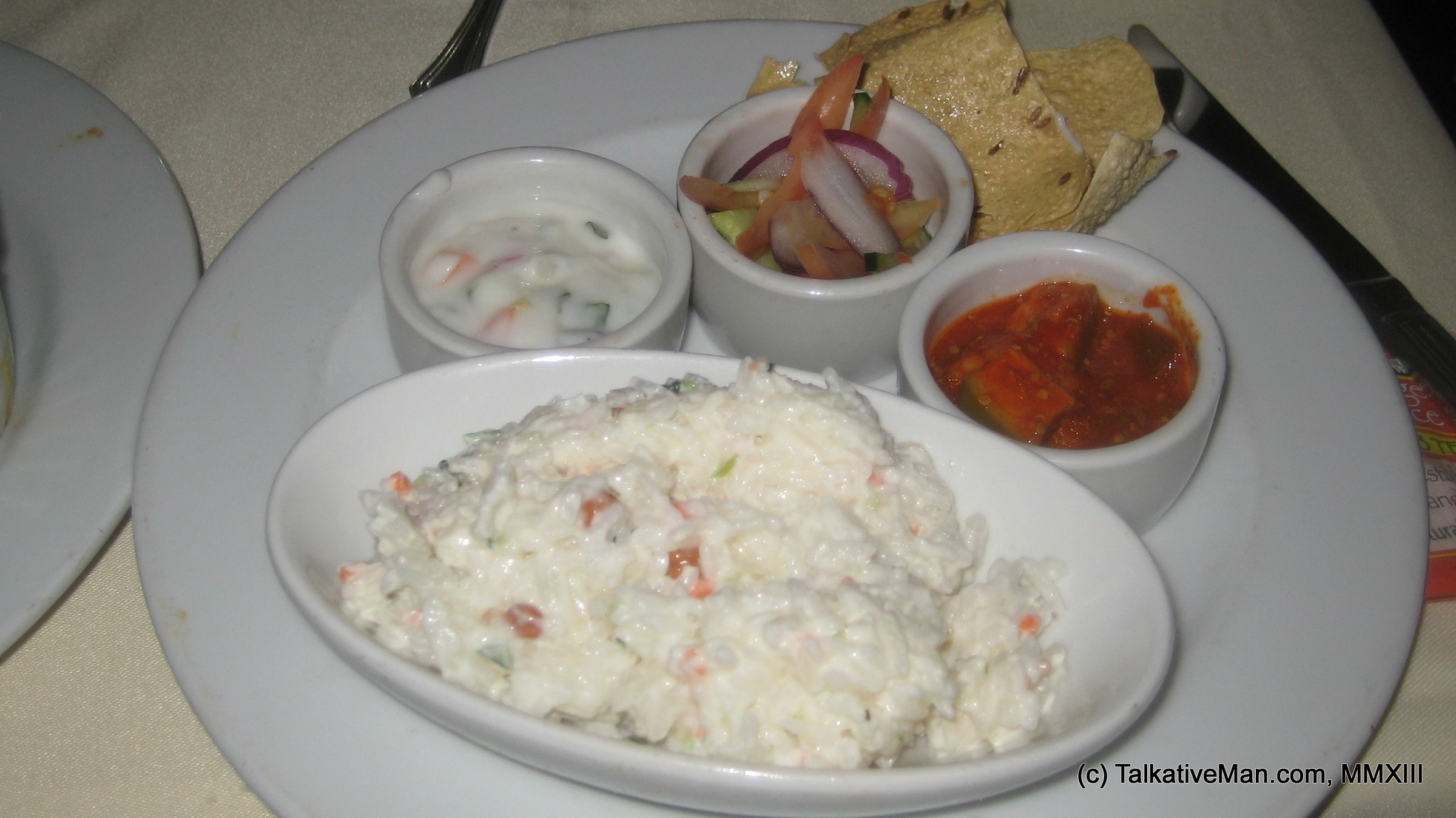
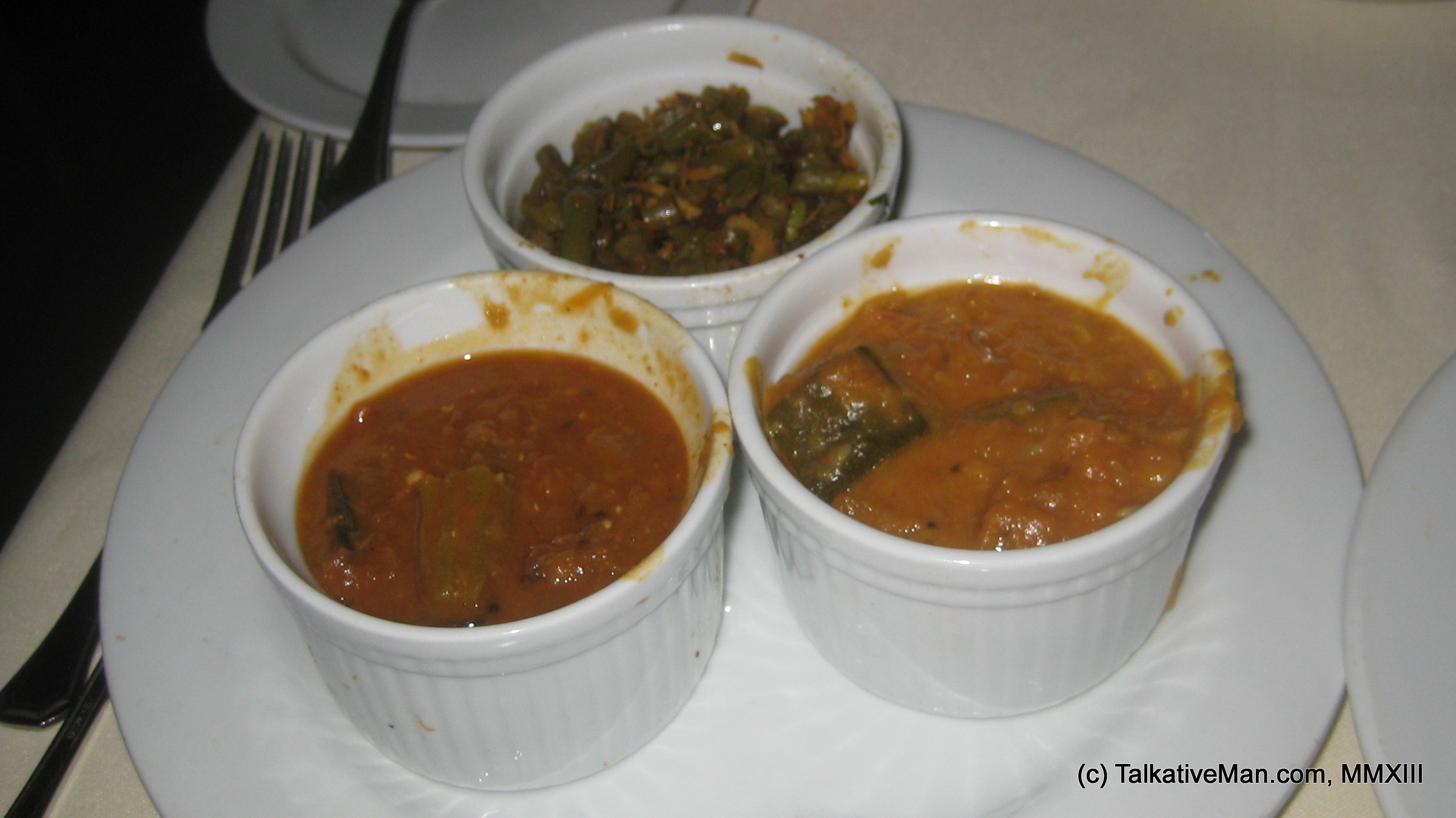
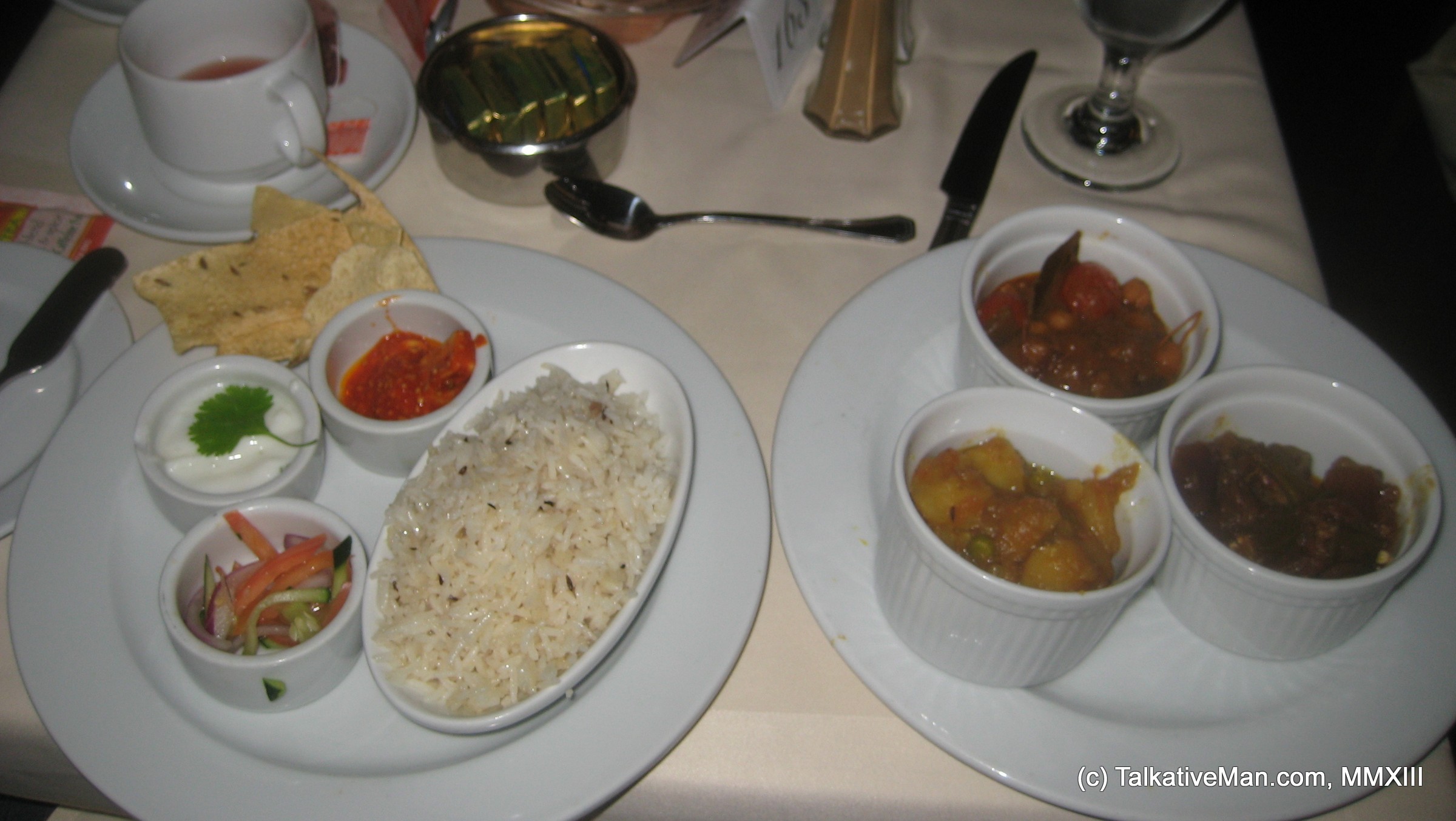
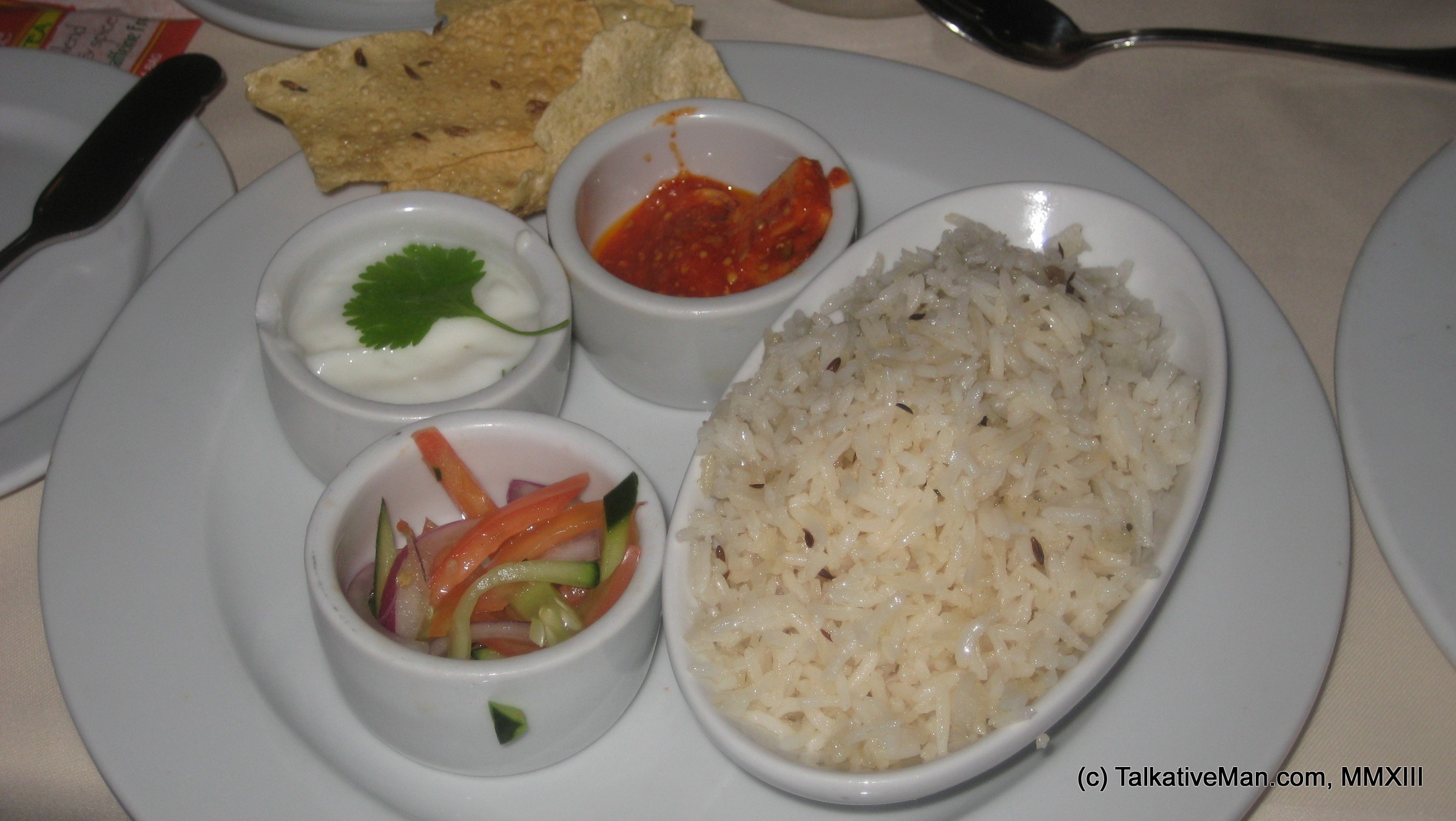
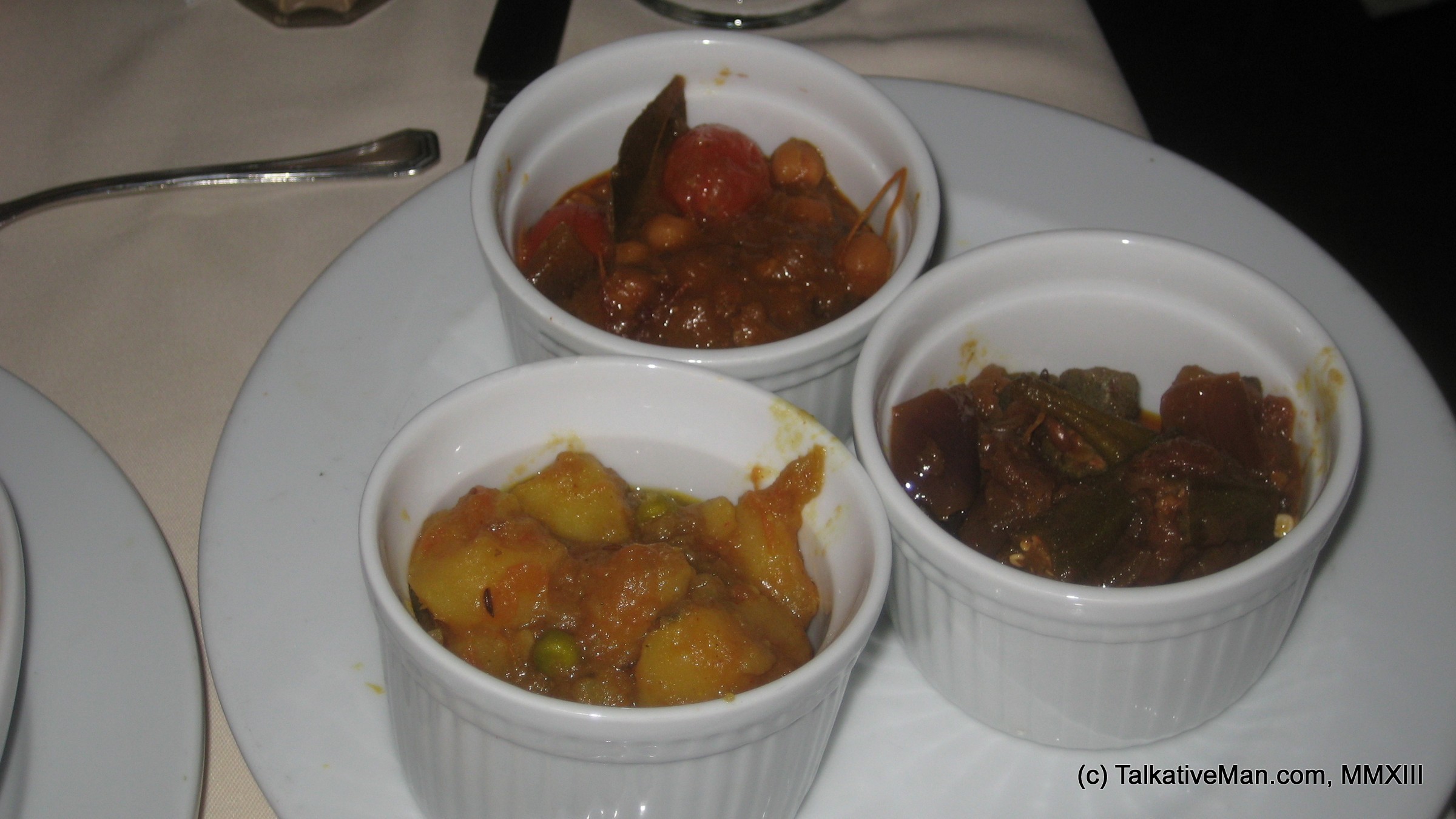
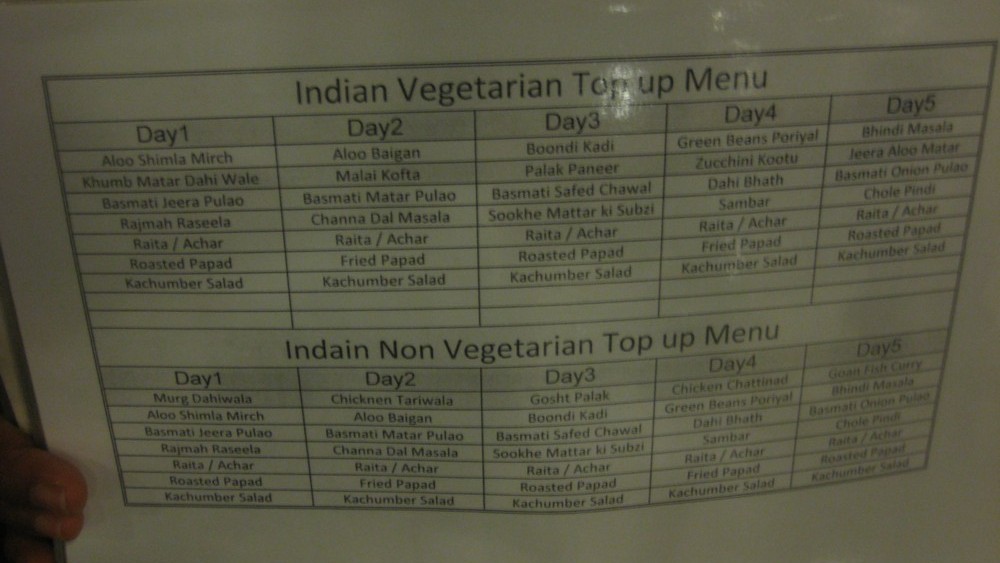
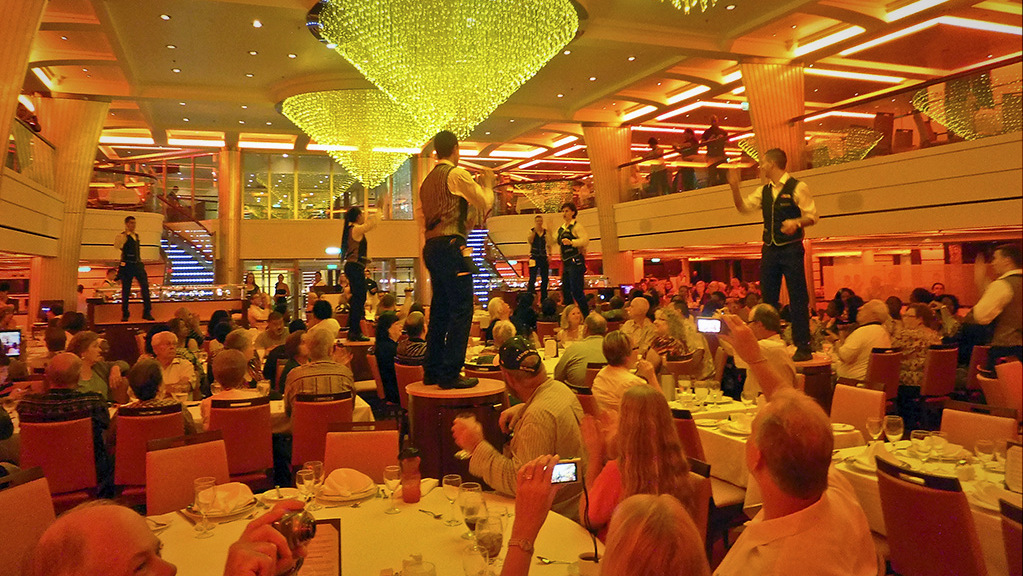
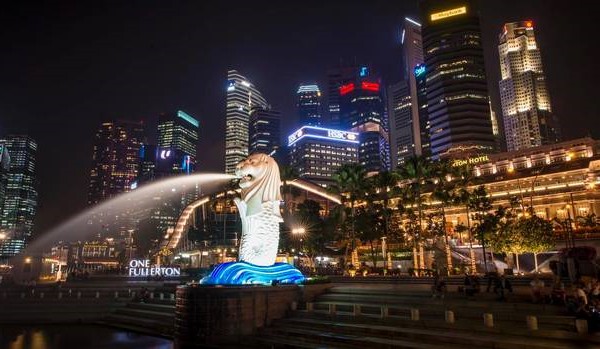
 Capital:
Capital:  Down the River: If you always wondered what lies beneath the waters of the Mississippi, you need look no further than in Asia’s first river-themed wildlife park. At
Down the River: If you always wondered what lies beneath the waters of the Mississippi, you need look no further than in Asia’s first river-themed wildlife park. At  Animal Magic: Known as one of the most spectacular zoos in the world, spread out over 26 hectares of intimate viewing platforms and sensitively constructed habitats, the
Animal Magic: Known as one of the most spectacular zoos in the world, spread out over 26 hectares of intimate viewing platforms and sensitively constructed habitats, the  Something Fishy: Singapore has some of the most superb seafood in the world, none more iconic than its chili crabs. Recognized as an unofficial national dish, this delightful dish involves crab slathered in a sweet-spicy sauce and served with fried mantou (buns) with which to mop up all of that extra sauce. No less well known are the
Something Fishy: Singapore has some of the most superb seafood in the world, none more iconic than its chili crabs. Recognized as an unofficial national dish, this delightful dish involves crab slathered in a sweet-spicy sauce and served with fried mantou (buns) with which to mop up all of that extra sauce. No less well known are the  Love’s in the Air: What better way to proclaim or re-affirm your love than at 165m above the ground in the world’s largest observation wheel, the
Love’s in the Air: What better way to proclaim or re-affirm your love than at 165m above the ground in the world’s largest observation wheel, the  Green Thumbs: If you are craving some open green space, this 101-hectare horticultural attraction with over 250,000 plants will give you just the breather you have been looking for. A mere five-minute walk from the city, the
Green Thumbs: If you are craving some open green space, this 101-hectare horticultural attraction with over 250,000 plants will give you just the breather you have been looking for. A mere five-minute walk from the city, the  Filmi Business: All you movie lovers, who are always dying to be part of the action, get to
Filmi Business: All you movie lovers, who are always dying to be part of the action, get to  Flying High: Experience the heart-thumping rush of skydiving without the risks at
Flying High: Experience the heart-thumping rush of skydiving without the risks at  Something for Everyone: There is not much that
Something for Everyone: There is not much that  Go Peranakan: Descendants of 17th century Chinese traders who migrated to the
Go Peranakan: Descendants of 17th century Chinese traders who migrated to the  Dining with the Stars:
Dining with the Stars: 
.jpg)

